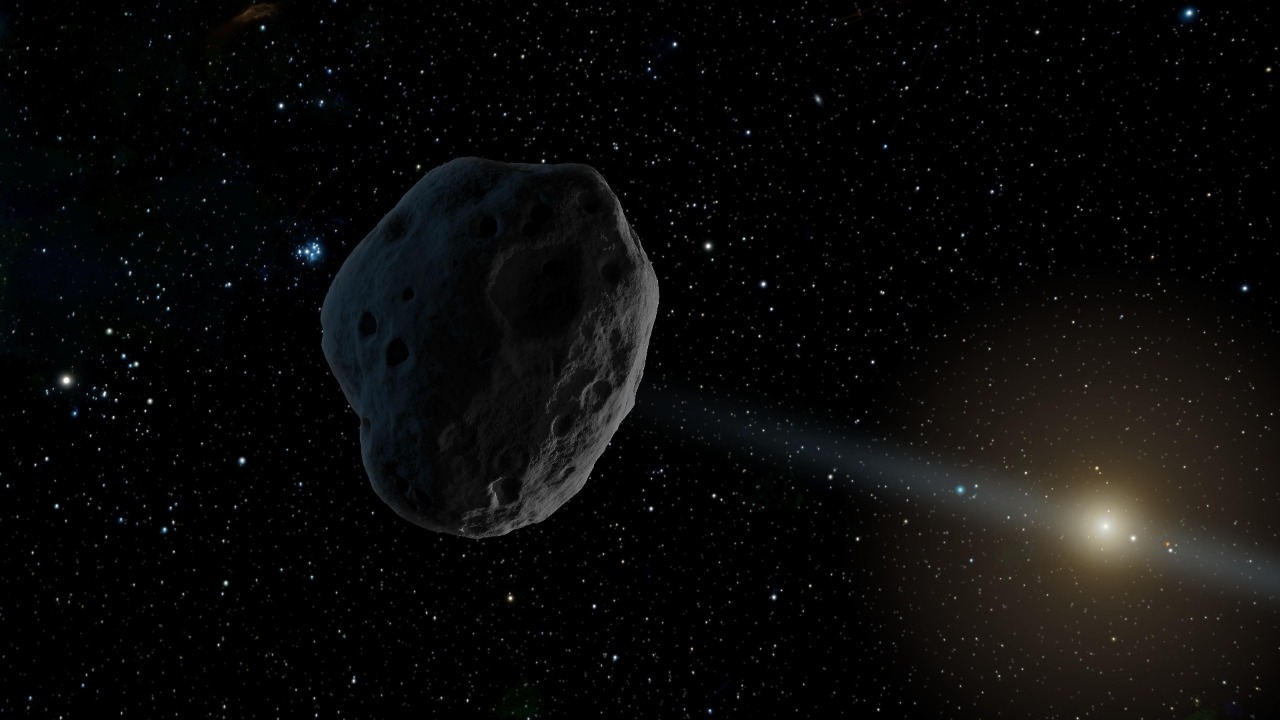
Asteroids in space exhibit a fascinating array of spinning behaviors, from rapid rotations that threaten to tear them apart to slower, more chaotic tumbles influenced by their irregular shapes and compositions. Researchers are keenly studying these dynamics to refine deflection strategies against potential Earth impacts. Recent observations, such as those of the asteroid Bennu by NASA’s OSIRIS-REx mission, have revealed that some near-Earth objects can spin at rates of up to one rotation per hour. This data is crucial for modeling how kinetic impactors might alter their trajectories, a vital consideration as agencies like NASA warn that without precise spin data, efforts to prevent catastrophic collisions could fail (source).
How Asteroids Acquire Their Spin
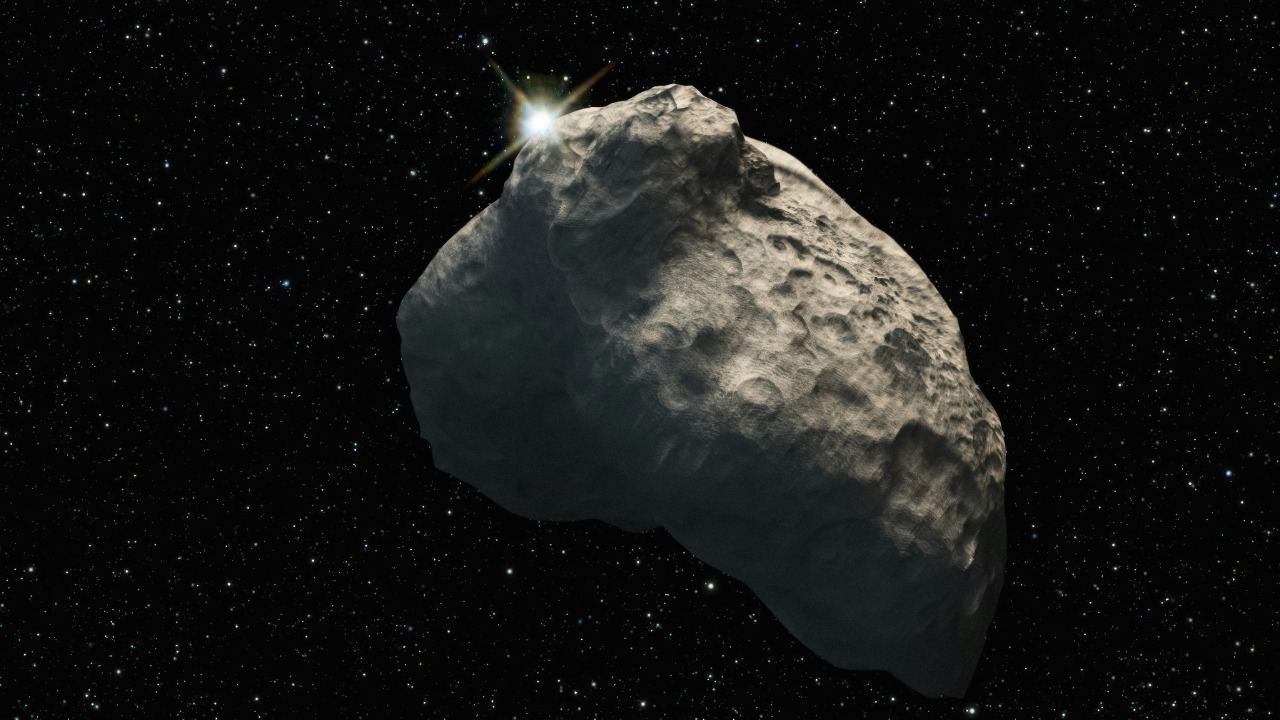
The origins of asteroid rotation trace back to the early solar system’s formation. During this period, collisions and gravitational interactions imparted initial angular momentum to these rocky bodies. As these celestial objects collided and coalesced, they began to spin, a process that continues to influence their motion today. This initial spin is crucial for understanding how asteroids behave as they travel through space, potentially crossing paths with Earth (source).
Another significant factor influencing asteroid spin is the YORP effect, where sunlight causes subtle torques on an asteroid’s surface. Over millions of years, this can gradually speed up or slow down an asteroid’s rotation. For instance, asteroid (101955) Bennu exhibits a spin-up rate of about one degree per year due to this effect. Understanding the YORP effect is essential for predicting long-term changes in asteroid spin, which can impact deflection strategies.
Tidal forces from planetary flybys also play a role in altering asteroid spin. For example, Jupiter’s immense gravity can torque passing asteroids, leading to the chaotic rotations observed in some Apollo group objects. These interactions highlight the complex gravitational ballet that asteroids perform as they navigate the solar system, with implications for their potential threat to Earth (source).
Observing and Measuring Asteroid Rotation
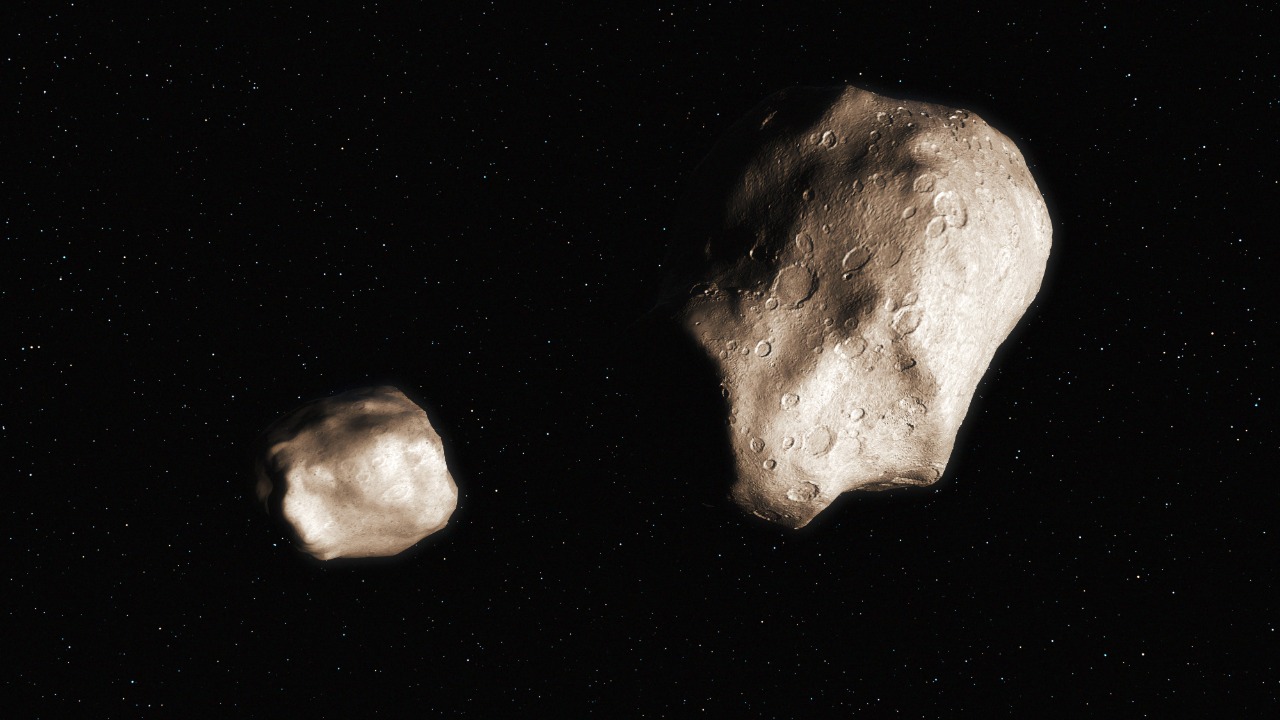
To accurately measure asteroid spin, astronomers employ radar and optical telescope techniques. Observatories like Arecibo (before its 2020 collapse) and Goldstone have been instrumental in these efforts. For instance, asteroid 2008 TC3 was observed to spin once every 97 seconds before impacting Earth in 2008. Such precise measurements are crucial for understanding how an asteroid’s rotation might affect its trajectory and potential impact with Earth (source).
Spacecraft missions also provide valuable insights into asteroid rotation. Japan’s Hayabusa2 mission, for example, imaged asteroid Ryugu’s 7.6-hour rotation, revealing its top-shaped structure influenced by spin-induced reshaping. These observations help scientists understand how rotation affects an asteroid’s shape and stability, which are critical factors in developing deflection strategies.
Detecting spin from ground-based light curves presents challenges, as irregular shapes cause brightness variations. Missions like NASA’s DART aim to refine these predictions, enhancing our ability to anticipate and mitigate potential asteroid impacts. Understanding these variations is vital for accurately modeling how an asteroid might respond to deflection efforts (source).
Implications of Spin for Asteroid Deflection
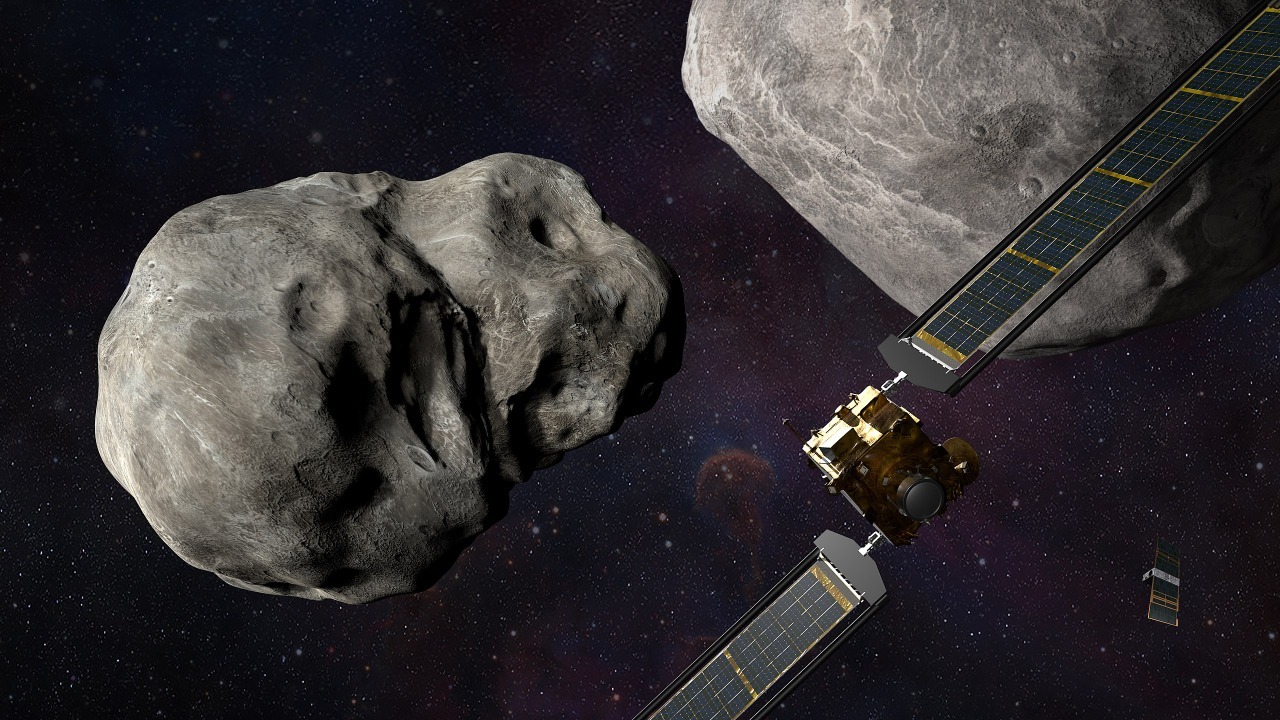
An asteroid’s spin significantly impacts kinetic impactor missions. The DART test on Dimorphos in 2022 demonstrated how its 11.9-hour rotation influenced the ejecta plume and momentum transfer efficiency. Understanding these dynamics is crucial for ensuring the success of deflection missions, as the spin can alter the effectiveness of impactors designed to change an asteroid’s trajectory (source).
Fast-spinning asteroids pose additional risks, as they may fragment upon impact. Models from the Planetary Defense Conference show that objects spinning faster than two rotations per hour, like some rubble piles, may not hold together for deflection. This fragmentation risk underscores the need for precise spin measurements to inform deflection strategies and prevent unintended consequences.
For tumblers, alternative methods such as nuclear or gravity tractor techniques may be more effective. Simulations indicate that ignoring spin could reduce deflection success by up to 50% for threats like the 1-km-wide Apophis during its 2029 Earth flyby. These findings highlight the importance of considering spin in all aspects of planetary defense planning (source).
Future Research and Planetary Defense Strategies
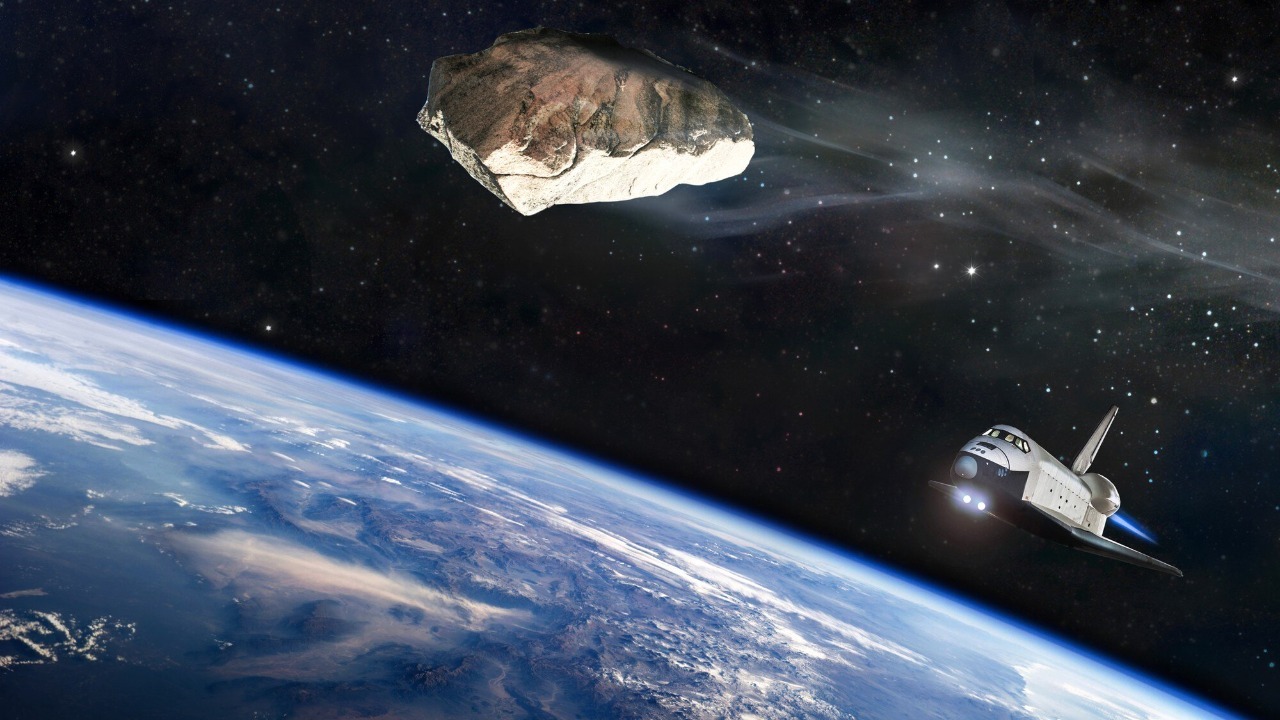
Upcoming missions, such as NASA’s Psyche, launching in 2023, aim to study a metal-rich asteroid’s spin. This research could inform deflection strategies for metallic threats with unknown rotation states, expanding our understanding of how different types of asteroids behave. Such missions are crucial for developing comprehensive planetary defense strategies that account for the diverse nature of asteroids (source).
International efforts, including ESA’s Hera mission, will follow up on DART in 2026 to measure post-impact spin changes on Dimorphos. These measurements will refine global asteroid tracking databases like NASA’s Sentry system, enhancing our ability to predict and respond to potential threats. Collaborative efforts are essential for ensuring the success of planetary defense initiatives.
Artificial intelligence also plays a growing role in predicting spin evolution. Tools developed at NASA’s Jet Propulsion Laboratory analyze data to prioritize high-risk objects spinning toward Earth. By leveraging AI, scientists can better anticipate changes in asteroid behavior, improving our readiness to deflect potential threats and protect our planet (source).